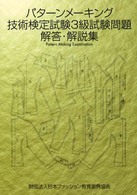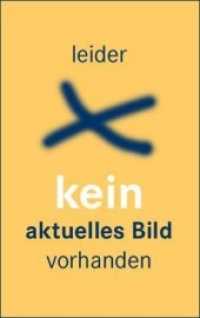- ホーム
- > 洋書
- > 英文書
- > Science / Mathematics
Full Description
In the past decade, the field of trenchless technology has expanded rapidly in products, equipment, and utilization. Because the operating environment has changed, trenchless technology is often the preferred alternative to traditional methods of digging holes and installing conduits.








